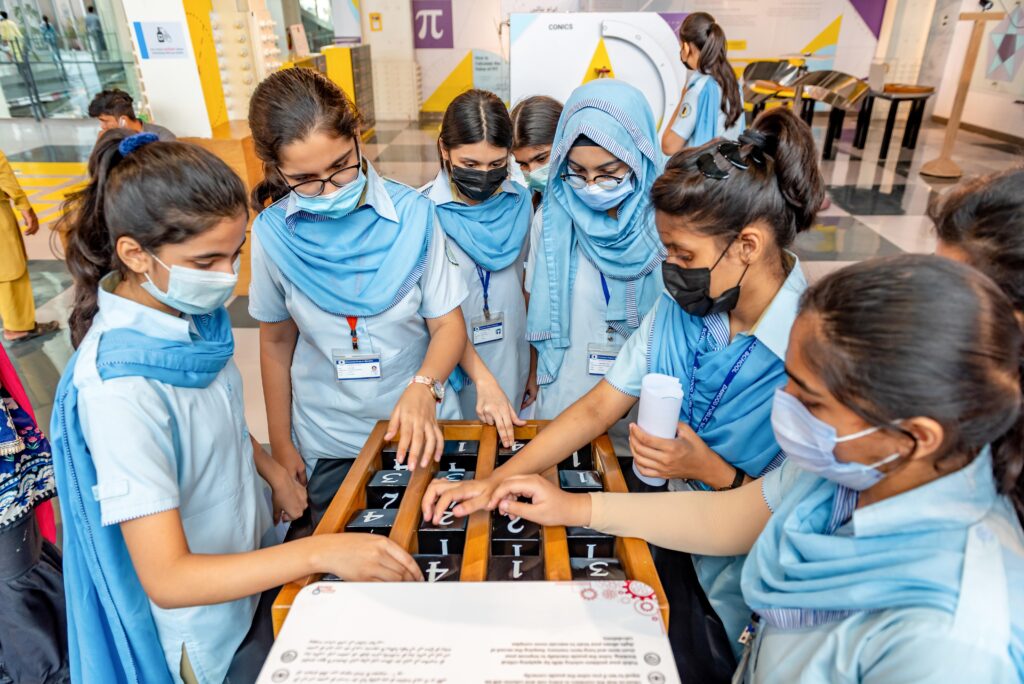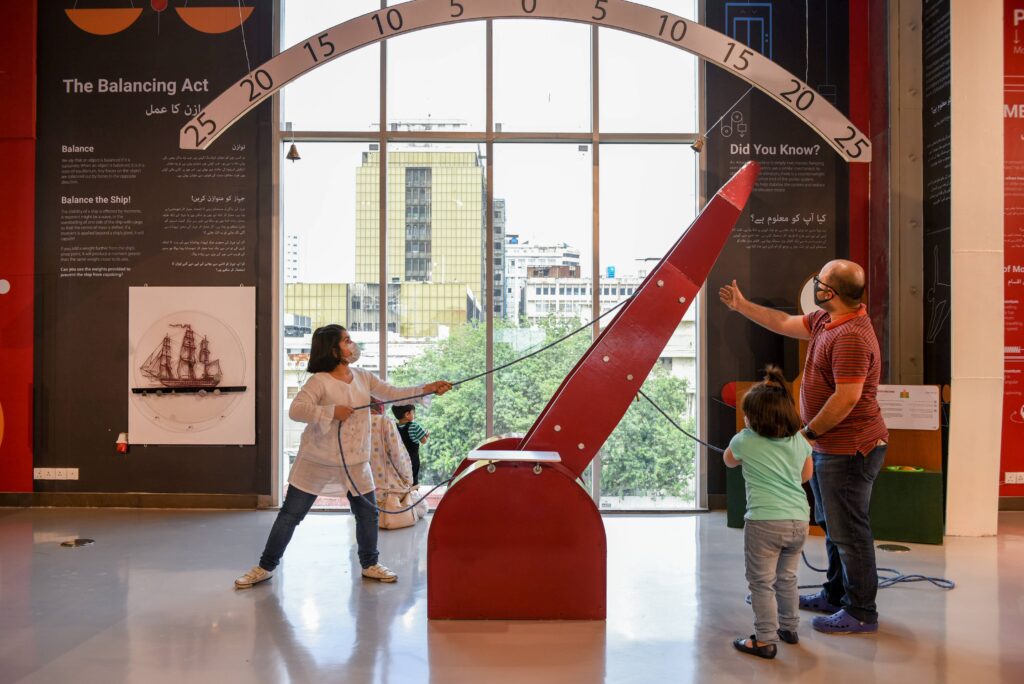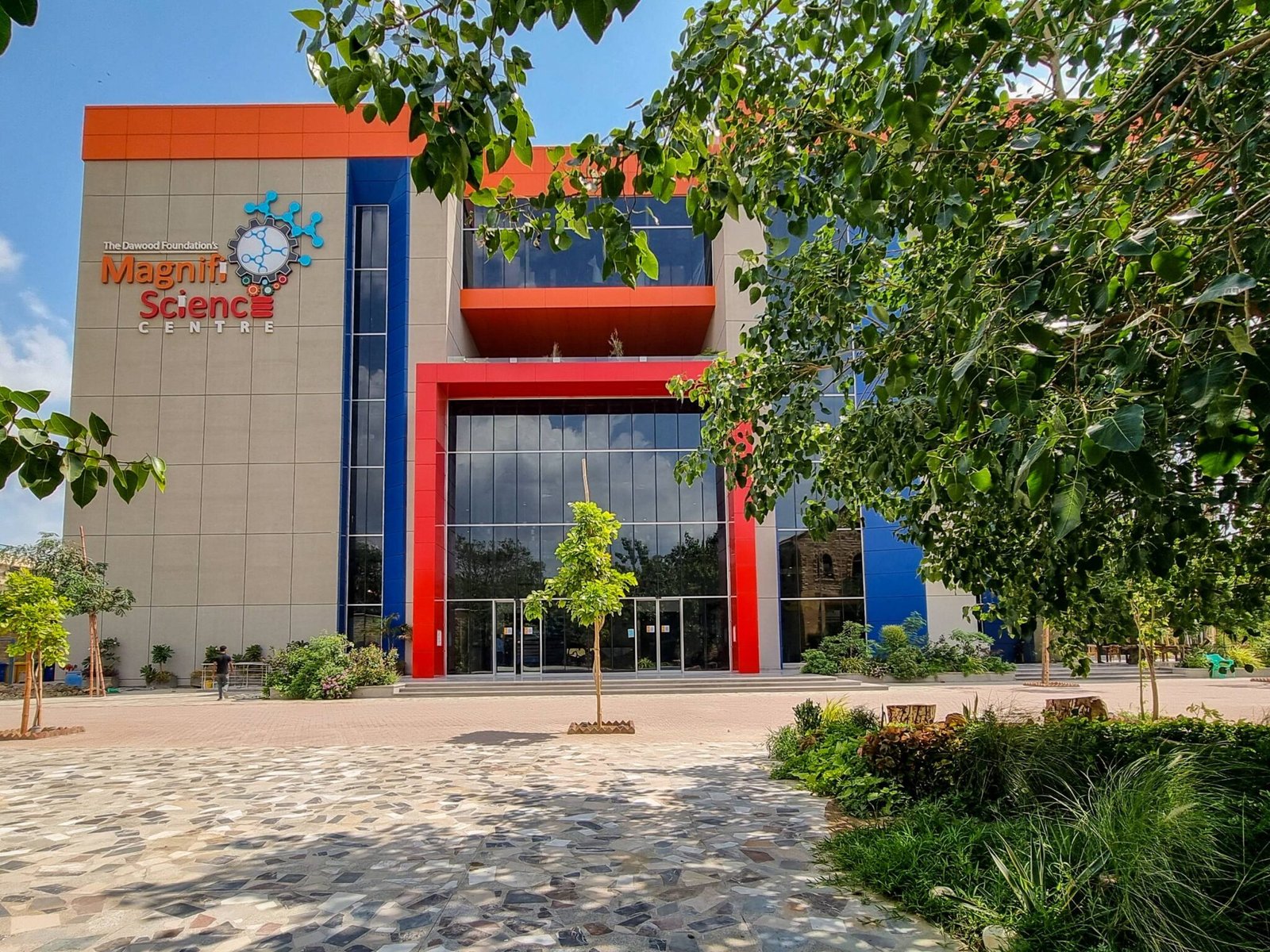The concept of STEAM learning, teaching, and advocacy has always been crucial; the focus on learning both scientific concepts following the development of skill sets required for application to real-world concepts is much-needed. Pakistan’s educational system has been under criticism for a long due to an entirely inappropriate method of teaching, specifically science subjects, where teachers emphasize cramming without practical demonstration of complex concepts of Physics, Chemistry, Biology, mathematics, and other emerging fields of science.
After realizing the severity of this situation, the government of Pakistan has recently placed focus on science and technology learning at the forefront of the education agenda, with announcements being highlighted that 456 schools in Pakistan had to be converted into STEM schools in 2020, and the number has doubled this year.
Still, the governmental efforts are not enough, and the significant contribution goes to non-profit organizations for spreading scientific literacy and awareness among the masses. The Dawood Foundation is one of many which came forward a step ahead and founded Pakistan’s first interactive science center named “TDF magnify interactive science center.” The center was opened for the public in Sep 2021 and officially inaugurated by Mr. Arif Alvi, President of Pakistan, on 13 Nov.

Our Editor-in-Chief Saadeqa Khan has recently interviewed its Director Mr. Christoph S Sprung, where he briefly shares the background, objectives, and future plans for the interactive science center. Below are excerpts of his conversation.
Saadeqa: What was the objective behind the establishment of Magnify science center? When was the project completed and opened for visitors?
S. Sprung: The MagnifiScience Centre (MSC) is the product of a five-year-long journey.
It all started in 2016 with a science exhibition at the Dawood Public School, Karachi. The Magnificence exhibition went on and reached out to all sorts of schools in Karachi and some districts in Sindh and Punjab. It was meant to provide science literacy to pupils and students in a relatively informal educational way. Due to its success and fantastic response, The Dawood Foundation (TDF) opened in 2018 the MagnifiScience Studio on a floor of the Dawood Centre in Karachi with hands-on learning experiences. One year later, driven by the incredible response from schools and other visitors, it was decided to build a MagnifiScience Centre. The foundation stone was laid in May 2019. Because of Covid-19, it took TDF two years to open the doors of the MSC to its first visitors. The intention is to function as an inclusive science hub by offering “edutainment,” igniting an interest in science, and empowering people to understand scientific principles and think better.
The MSC opened on 25 September 2021 to people of all ages and backgrounds, and the President of Pakistan, Dr. Arif Alvi, officially inaugurated the MSC on 13 November 2021.
TDF will not stop dreaming of a society where the need to invest more in technology, innovation, and quality education will reach a level to let Pakistan reach its full potential. ~Christoph S. Sprung
Saadeqa: What is the overall response of children and parents when they visit the center? How much do they learn from science models?
S. Sprung: The overall response of children and parents when visiting the MSC is very positive. This place usually takes children and adults reacting with joy from its positivity. The MSC recognizes that people with different knowledge, experience, and expectations are here. The exhibits are designed to sharpen senses, teach practical skills and help understand complex interrelationships. For various reasons, almost every exhibit was made in Pakistan.

Saadeqa: Which fields of science do You prefer while designated the center? Are these primary fields or subfields like sound, Light, Healthcare, Vaccination, etc.?
S. Sprung: The MSC covers various fields of science. At the ground level, we have the “Kids World Karachi” and offer here learning from a young age about healthcare, transport, and construction systems. We facilitate in some sense their development and give them a better understanding of integrated systems in the world around them.
On the first floor of the MSC, visitors can learn about the “World Within Us,” a space to explore the components of the human body. For example, the human brain constructs a world inside our head based on what it samples from the surrounding environment – we present at the MSC some fascinating concept of illusions.
The second floor is dedicated to showcasing basic concepts of physics and maths. The carefully built hands-on exhibits will depict the laws of physics, solar energy, and other natural phenomena. Sound waves, magnetic waves, and electricity demonstrate primary physics-based concepts. Mathematical models and procedures shall help understand the “why” something works, not only the “how.” Our maths-based exhibits support understanding of how important its role is in daily life.
Saadeqa: Have you arranged models for environmental degradation that provoke children for environmental safety?
S. Sprung: Right in the middle of the MSC, at the entry-level, we have showcased the only living exhibit inside the building: mangroves. We managed to have three out of four in Pakistan growing species and provide not only detailed information about this but also the impact on the environment at our coast.
There is a sizable garden within our premises with many explanations about flora and fauna and a lot of background information. Still, the actual exhibition about environment and degradation and climate change is actually planed on the MSC’s third floor. The floor is still under construction, but we plan to open it a few months, titled “Our World – Our Creation,” to learn about our national biosphere. We aim to provide information about the environment and engineering and where they work together. Exploring concepts like biomimicry will show visitors how art and architecture imitate nature and shows humankind’s ability to adapt to its surroundings.

Saadeqa: Do you have plans to construct such a science center in other cities of Pakistan?
S. Sprung: MSC’s safe learning space will allow all members of the society to explore and engage with science in an informal, fun way. At the same time, it will facilitate the development of their critical thinking and problem-solving skills. TDF will not stop dreaming of a society where the need to invest more in technology, innovation, and quality education will reach a level to let Pakistan reach its full potential. There are certainly other cities in dire need of encouraging its youth to achieve higher levels of education, especially professional college education in the fields of STEM (science, technology, engineering, and mathematics), but at the moment, we will concentrate on this first interactive center in the country to establish ourselves as a platform for science for schools, universities, experts, interested people, business, like-minded not-for-profit organizations, and well-wishers.
Also, Read: LSM 2019: Interview with CERN’s Dr. Joao Antunes Pequenao

Saadeqa Khan is the founder, CEO, & Editor-in-Chief of Scientia Pakistan. She’s a member of the Oxford Climate Journalism Network (Second Cohort) and NASW. Saadeqa is a fellow of NPF Washington, The Falling Walls Foundation, and the Science Journalism Forum. Saadeqa has won several international journalism grants and awards for her reports.

